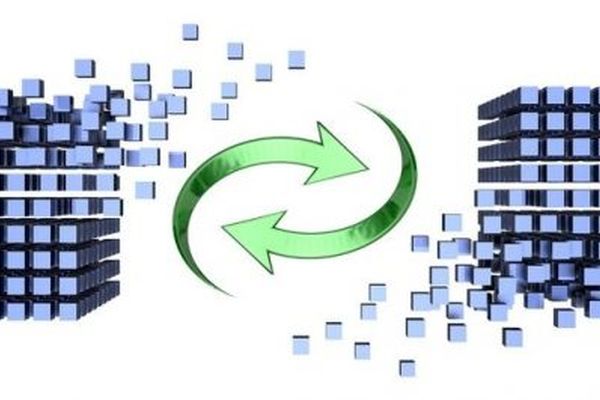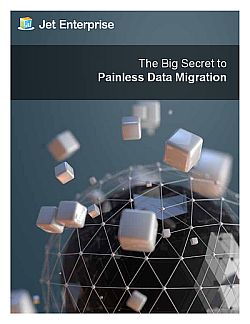Published on the 22/10/2016 | Written by insightsoftware

The art of making old data mesh with new data structures and integrate with new data can be a dark one, but the experts at Jet Reports believe it doesn’t have to be painful…
The world is a dynamic place. Businesses change, companies merge, and technologies shift while applications come and go. Change is constant, so the ability to manage change is always in demand. When we are talking about Enterprise Resource Planning (ERP)systems, change is more prominent than ever. Organisations change their ERP systems in search of efficiencies to be gained from a new data structure, a new set of software tools, and hopefully the better integrated processes these systems are designed to support. The catch is, ERP data itself is often less dynamic than the environment it lives in. All those facts, events and transactions, happily living in their legacy format, won’t automatically snap right into thenew format. Legacy data is valuable – it might even represent the very lifeblood of the company itself. Important as it is, legacy data can sometimes get ignored, until it rears up ‘Fatal Attraction’ style and demands attention. Data migration is one of the last steps before the production phase of a new ERP implementation. The main focus up to this point is placed on choosing, planning for and customizing the various ERP modules to be deployed. The actual data the ERP was designed to house sometimes receives scant attention until go-live is imminent and time becomes a scarce commodity. This situation is tragic because legacy data is a key component to the success of a new ERP implementation. When users can access old data in a new ERP with its new screens, new commands and new processes, it understandably proves to them that the newERP is ‘working’. Welcome to the black art of data migration. Top tips for dealing with legacy data Regardless of the timeline for doing so – earlier is better – decisions and trade-offs must be made about the historical data. These generally bubble up out of a collection of seemingly innocent questions that invite emotional responses and have far reaching implications. To find out more please download our free Whitepaper: The big secret to painless data migration Why, when, and how to invest wisely… The benefits of incorporating a data warehouse when upgrading your ERP… What to expect for the future of payables… Manual processes can lead to error-prone data analysis… What is a Finance Department and Manager Level KPI?…

FURTHER READING

Financial reporting and analytics solutions

Whitepaper: Data warehouse automation and ERP

eBook: The new AP department

Whitepaper: Streamline your financial year-end close

KPIs and Metrics for Finance Departments in 2020



























